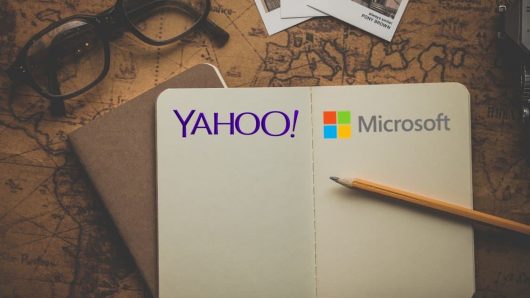Once upon a time, there were three PPC platforms – Google, Bing and Yahoo. Two of them intertwined in a series of confusing ways to create a total of seven different platform brands over a span of 10 years.
In 2009, Yahoo and Microsoft partnered to combat Google’s dominant market position. Microsoft provided the user interface through Bing Ads, and Yahoo took care of the billing.
With Marissa Mayer at the helm of Yahoo, times changed again in 2015 when she renegotiated her predecessor’s deal. Instead of Microsoft supplying 100 percent of Yahoo’s search results, after the deal was struck, they only supplied 51 percent of the desktop results and none of the mobile results. That agreement lasted another four years, with Yahoo’s 49 percent of desktop and 100 percent of mobile results running through the Yahoo Gemini platform.
Then, in June 2017, Verizon bought Yahoo’s core internet business, and subsequently combined AOL and Yahoo Gemini to form Oath. In January of 2019, they rebranded Oath as Verizon Media, and renegotiated the deal with Microsoft once again. All Yahoo search results would once again be supplied by Microsoft via Bing Ads … which then rebranded to Microsoft Advertising in April 2019.
As a paid search marketer, I like where things are now with the options offered by Verizon and Microsoft. Yahoo Gemini’s interface lives on as the Native Ads interface for Verizon Media. Native Ads continue to drive value for our clients with campaigns that revolve around storytelling.
On Microsoft’s side, advertising traffic volume increased, and the platform is much easier to manage than traditional search campaigns in Yahoo Gemini were.
For us and our clients, it’s a win all around. Until the next change…




